Why The Australian Olympic & Paralympic Teams Outfits Differ?
Ununified Uniforms Unveiled
—————
Introduction
The anticipation surrounding the unveiling of Olympic and Paralympic uniforms is akin to a grand fashion show. As athletes prepare to represent their nation on the global stage, their attire becomes a symbol of pride, identity, and functionality. But why do the Australian Olympic and Paralympic teams sport different uniforms? In this post, we look into the design choices, accessibility considerations, and the broader implications of these distinct 2 uniforms.
A Tale of Two Uniforms
—————————–
The Olympic Squad’s Evolution Oufit
The Australian Olympic team’s opening ceremony uniforms have evolved over the years, blending fashion, functionality, and national pride. Each unveiling sparks curiosity and debate as fans eagerly await a glimpse of what their top athletes will wear. For the Paris 2024 Games, the emphasis on fashion is greater than ever, with a uniform inspired by the unmistakable essence of Paris itself.
Sportscraft, the Australian brand, has designed the outfits for the tenth time, while Dunlop Volleys return as the official shoe. The 2016 Rio Olympics saw mint-colored, stripy blazers made of lighter fabric, reflecting Australian heritage and the festive spirit of Rio. Opinions were mixed, with some likening the ensemble to a “standard issue yacht crew” look.
Notably, the classic green and gold colors have been consistent in recent years, but this time, the Australian Olympic team’s uniform for Paris 2024 features advanced ventilation technology optimized for the summer Games. Functionality meets style as athletes prepare to march down the Champs-Élysées.
The Paralympic Team’s Innovative Accessibility Designs
The Australian Paralympic Team’s uniform for Paris 2024 takes accessibility to new heights. Unveiled during Australian Fashion Week, it features thoughtful modifications catering to a wide range of athletes’ needs:
Magnetic Fasteners and Zippers: Replacing buttons, these features make dressing easier for athletes with mobility challenges.
Elasticated Waistbands: Added to shorts and pants for a comfortable fit.
Zips Instead of Laces: Selected footwear items prioritize convenience.
Wide Range of Fittings and Styles: Casual sandals accommodate various impairment types.
R.M.Williams outfits the team for the Opening Ceremony, continuing their eighth consecutive Games collaboration. Belgravia Apparel provides competition and casual wear, tailored to individual body shapes and impairments. The Paralympic athletes will march with pride in their R.M.Williams uniform and compete in sportswear designed for their unique requirements.
Fairness and Identity
The divergence in Olympic and Paralympic uniforms raises questions about fairness. Should both teams wear similar attire, emphasizing national colors and unity? Or is it essential to recognize the distinct challenges faced by Paralympic athletes?
While the Olympic uniform celebrates athleticism and global fashion, the Paralympic uniform embodies inclusivity and adaptability. Join the discussion: What message do these uniforms send, and how can we strike a balance between tradition and innovation?

Ununified Australian Olympic & Paralympic Outfit
Paralympians vs. Olympians
——————–
Bridging the Gap
The comparison between Paralympians and Olympians often sparks debate. While both groups represent Australia on the international stage, their paths and challenges differ significantly. Here’s a closer look at the perceptions and realities:
Skill and Achievement
Olympians: These elite athletes compete in mainstream sports, where the competition is fierce. Their training regimens are grueling, and they strive for peak performance. Their achievements are celebrated worldwide.
Paralympians: These remarkable individuals overcome physical impairments to excel in adapted sports. Their skill and determination are equally commendable, but they often face less visibility and recognition.
Media Coverage
Olympians: Their victories dominate headlines during major sporting events. Their stories inspire millions, and their endorsements boost their profiles.
Paralympians: Despite their incredible feats, media coverage tends to be limited. Advocacy efforts aim to change this, emphasizing that Paralympians’ achievements deserve equal attention.
Investment and Support
Olympians: Governments and sponsors invest heavily in Olympic programs. High-performance centers, coaching staff, and financial support contribute to their success.
Paralympians: Funding gaps persist. Unsung heroes—individuals, organizations, and local communities—step up to provide resources and support. Their commitment ensures that Paralympians can compete at the highest level.
Perceptions and Stereotypes
Olympians: Seen as superhuman, Olympians embody physical excellence. Their achievements are celebrated as national triumphs.
Paralympians: Breaking stereotypes, they redefine what’s possible. Their resilience and adaptability inspire admiration, but misconceptions still exist.
Unity and Equality
Shouldn’t both the Australian Olympic and Paralympic teams be treated as one? While their uniforms differ, their shared goal—to represent Australia—unites them. Let’s celebrate their diversity and recognize that excellence comes in various forms.
As the Australian Olympic and Paralympic teams prepare for Paris 2024, let’s appreciate the dedication of all athletes. Whether they stand on the Olympic podium or the Paralympic stage, their commitment to sport and their nation deserves our applause.
Australia As One
The contrasting uniforms of the Australian Olympic and Paralympic teams may give the impression of a lack of unity. However, it’s essential to recognize that unity doesn’t always mean uniformity. Let’s explore this further:
Diversity and Identity
The distinct uniforms reflect the unique challenges faced by each group of athletes. Olympians compete in mainstream sports, while Paralympians excel in adapted sports despite physical impairments.
Celebrating this diversity sends a powerful message: Australia embraces excellence in all its forms.
Shared Goals
Both teams share a common goal: to represent Australia on the global stage. Their commitment unites them, regardless of their attire.
While the uniforms differ, the spirit of competition, resilience, and national pride remains consistent.
Visibility and Recognition
Paralympians often receive less media coverage, but advocacy efforts aim to change this. Recognizing their achievements equally is crucial but less media coverage show different.
Unity lies in acknowledging their shared dedication and celebrating their accomplishments.
The Australian Olympic and Paralympic teams may wear different uniforms, but their collective pursuit of excellence unifies these athletes. Let’s appreciate their diversity and support both teams as one as they prepare for Paris 2024!
The Organizational Perspective Of Australian Olympic Committee’s Role
The divergence in Olympic and Paralympic uniforms ultimately falls under the purview of the Australian Olympic Committee (AOC) & not the athletes. Here are some considerations related to their role
Design and Decision-Making – This is on them
The AOC collaborates with designers, sponsors, and athletes to create uniforms that reflect national pride, functionality, and style.
Their decisions impact how Australia is represented on the global stage. The distinct uniforms are a deliberate choice, emphasizing the unique challenges faced by Paralympians.
Balancing Tradition and Innovation
The AOC must strike a balance between tradition and innovation. While the green and gold colors remain consistent, functional enhancements are essential.
The Paralympic uniform’s accessibility features demonstrate the AOC’s commitment to inclusivity and adaptability but may not show it as one team.
Visibility and Advocacy
As a governing body, the AOC plays a crucial role in advocating for both Olympic and Paralympic athletes.
Their support extends beyond uniforms—ensuring funding, training facilities, and recognition for all athletes.
Public Perception
The AOC’s decisions shape public perception. By celebrating diversity and recognizing Paralympians’ achievements, they reinforce unity.
The question remains: Shouldn’t both teams be treated as one, despite their distinct attire?
The Australian Olympic Committee’s choices influence the uniforms worn by our athletes. Their commitment to excellence, fairness, and identity resonates through these designs.
Conclusion
As the countdown to Paris 2024 continues, the contrasting uniforms of the Australian Olympic and Paralympic teams remind us that diversity and individuality enrich our sporting landscape. Whether on the Champs-Élysées or the Place de la Concorde, each athlete’s attire tells a unique story—one of resilience, pride, and the pursuit of excellence as these are all champions.
Join the discussion
What message do these uniforms send, and how can we strike a balance between tradition and innovation?
#OlympicUniforms #ParalympicFashion #InclusivityDebate #SportswearInnovation #TeamAustralia #DiversityInSport #AthletePride #FashionForward #AdaptiveDesigns #GlobalStage #Resilience #NationalPride #FunctionalFashion #AthleticApparel #AustralianHeritage #GreenAndGold #Paris2024 #OpeningCeremonyStyle #ClosingCeremonyCelebration #RedefiningExcellence #InclusiveSportswear #UniqueChallenges #Adaptability #AthleteUnity #FashionShowdown #AthleticIdentity #SportingLandscape #AthleteJourney #AustralianAthletes #PursuitOfExcellence #Olympics #ParisOlympics #Paralympics #Olympics
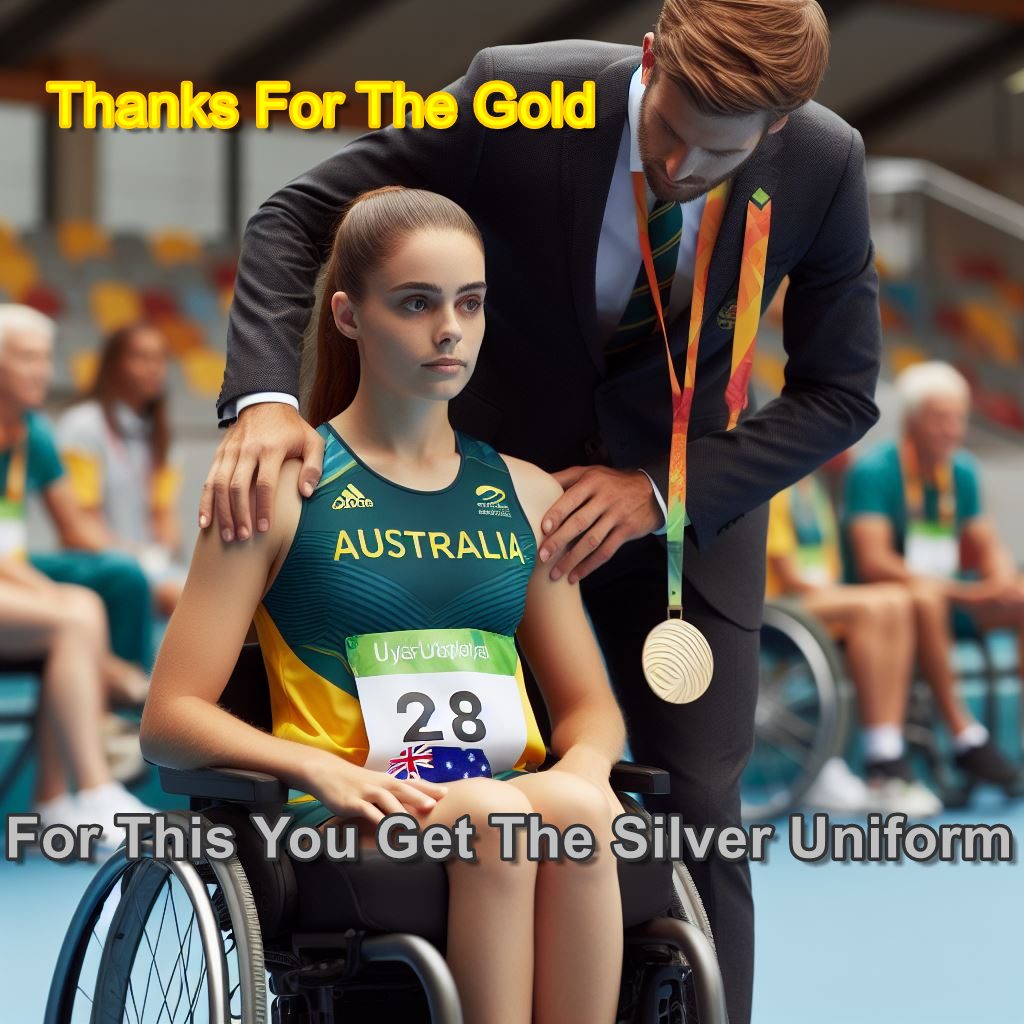



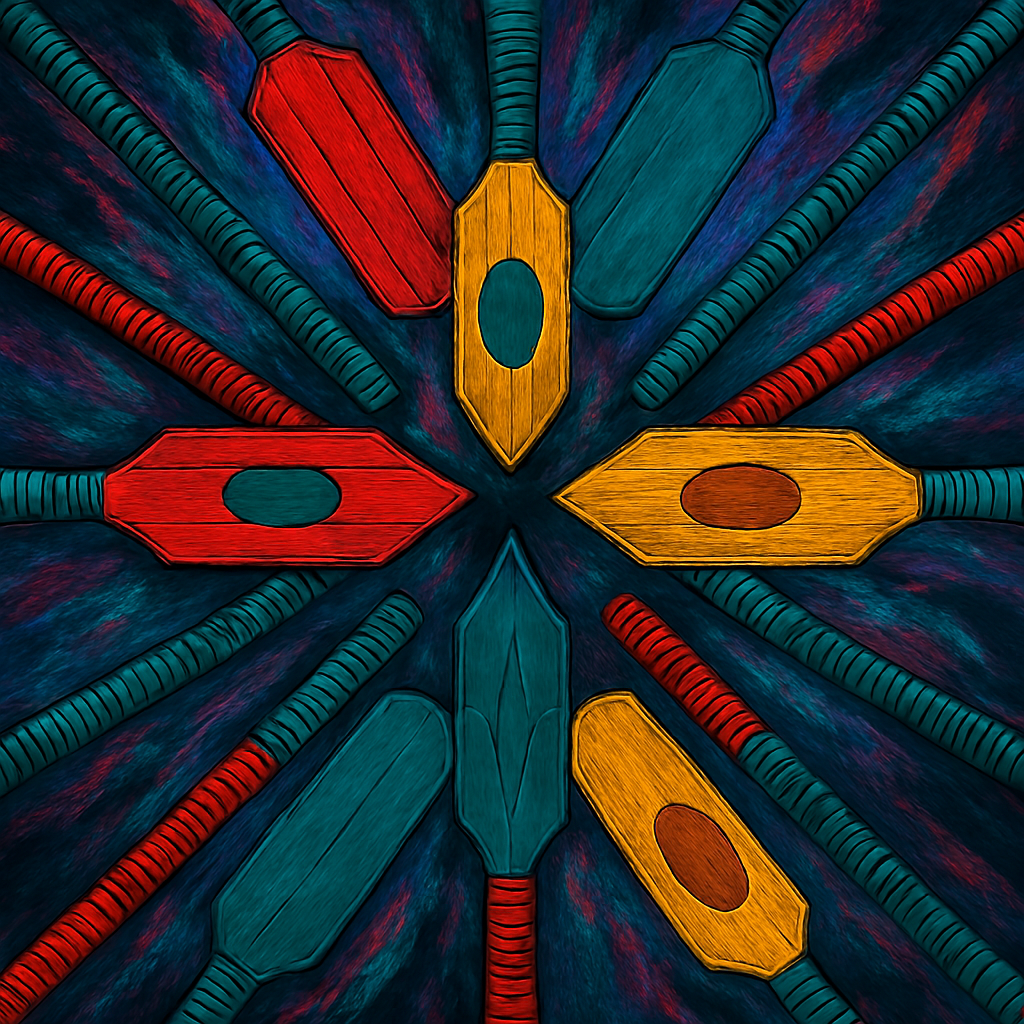
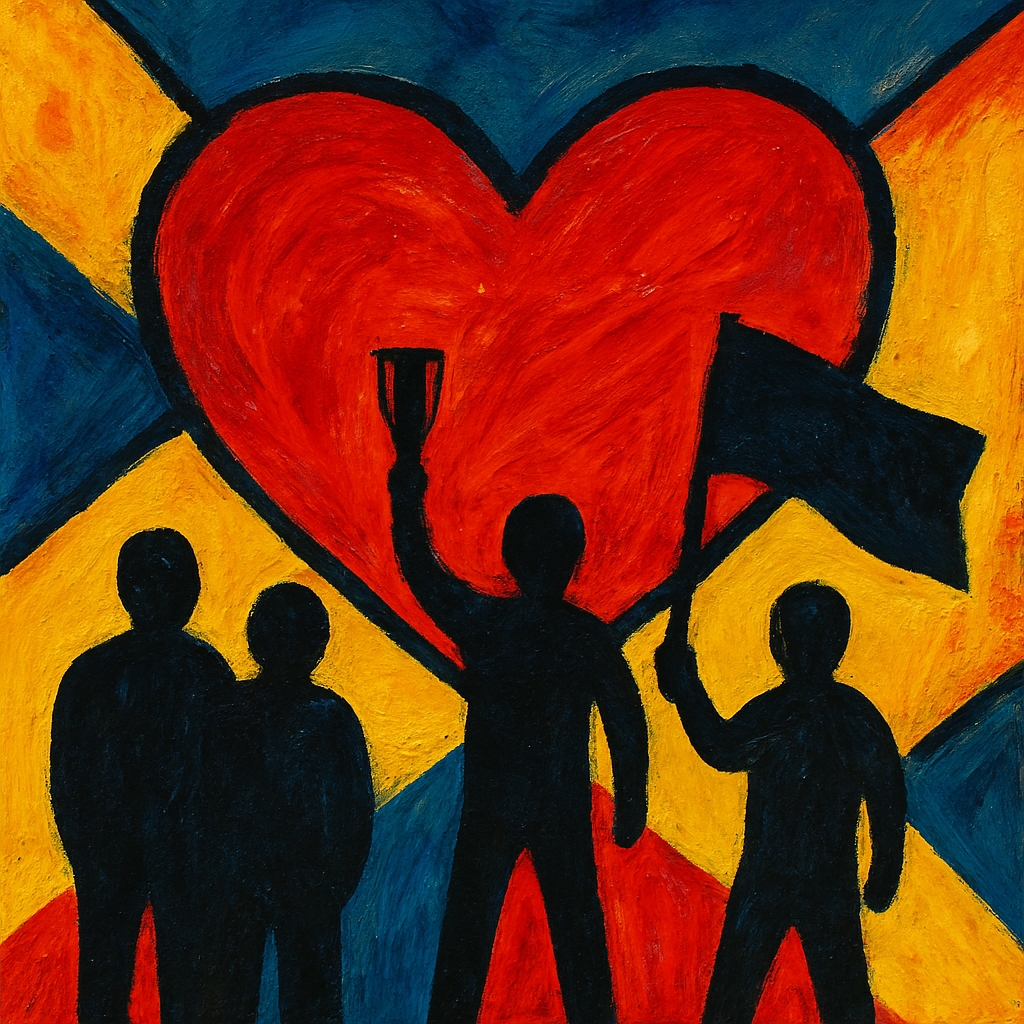
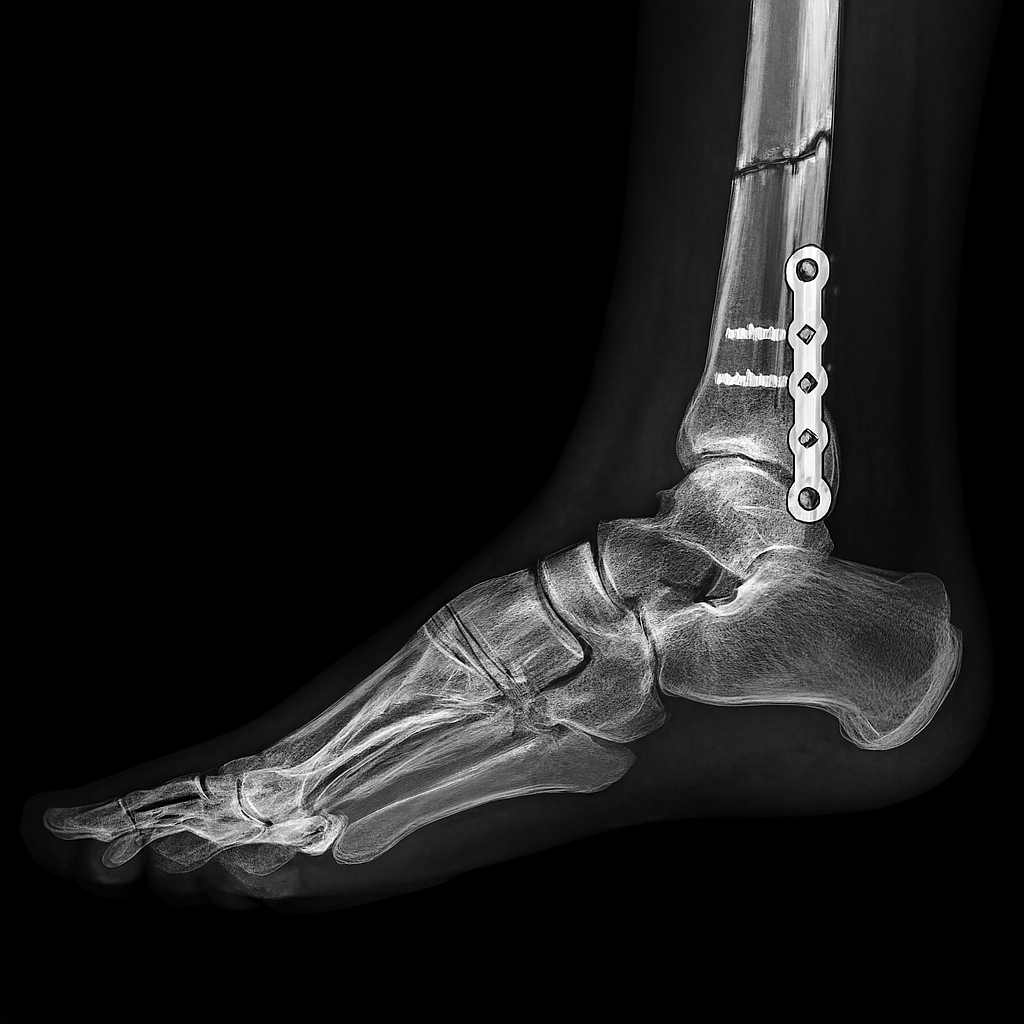

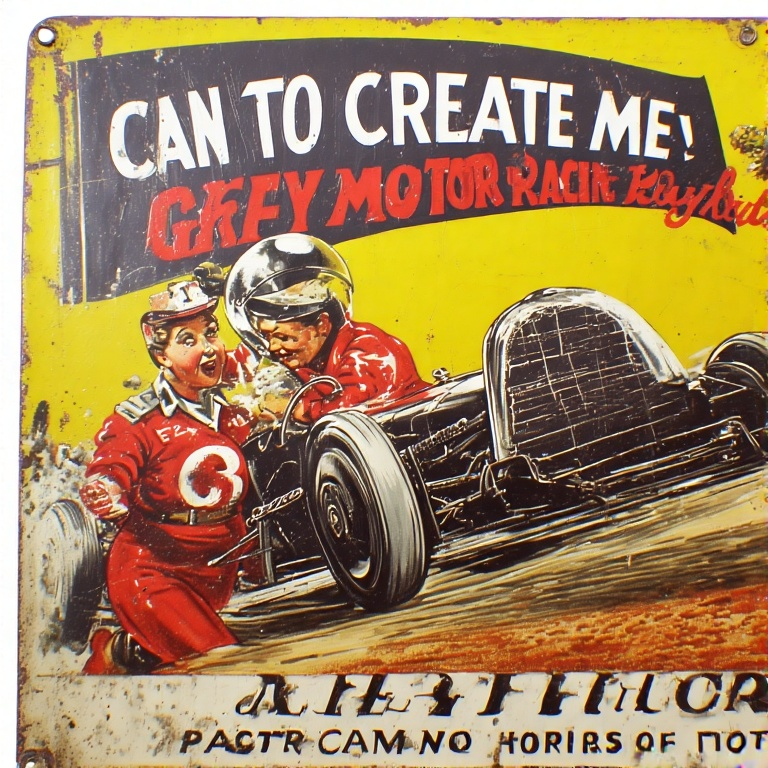
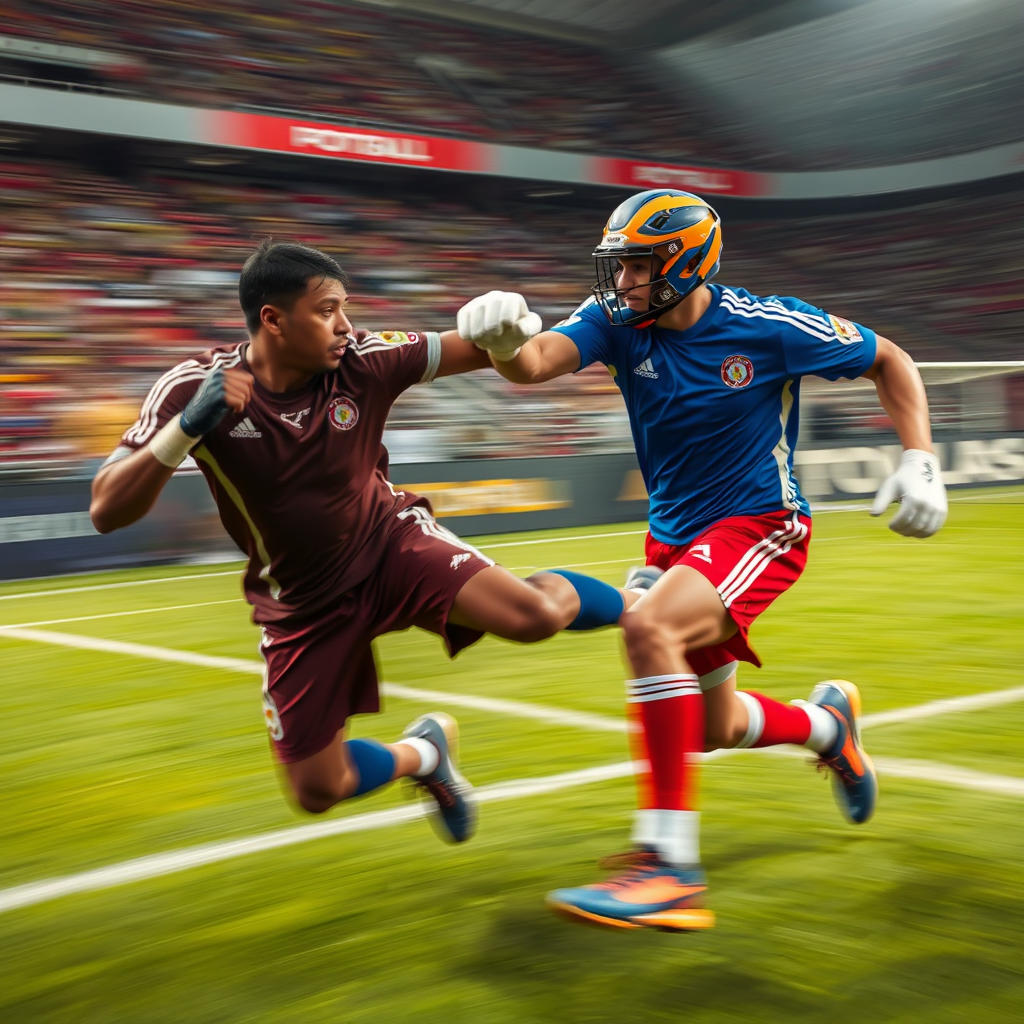
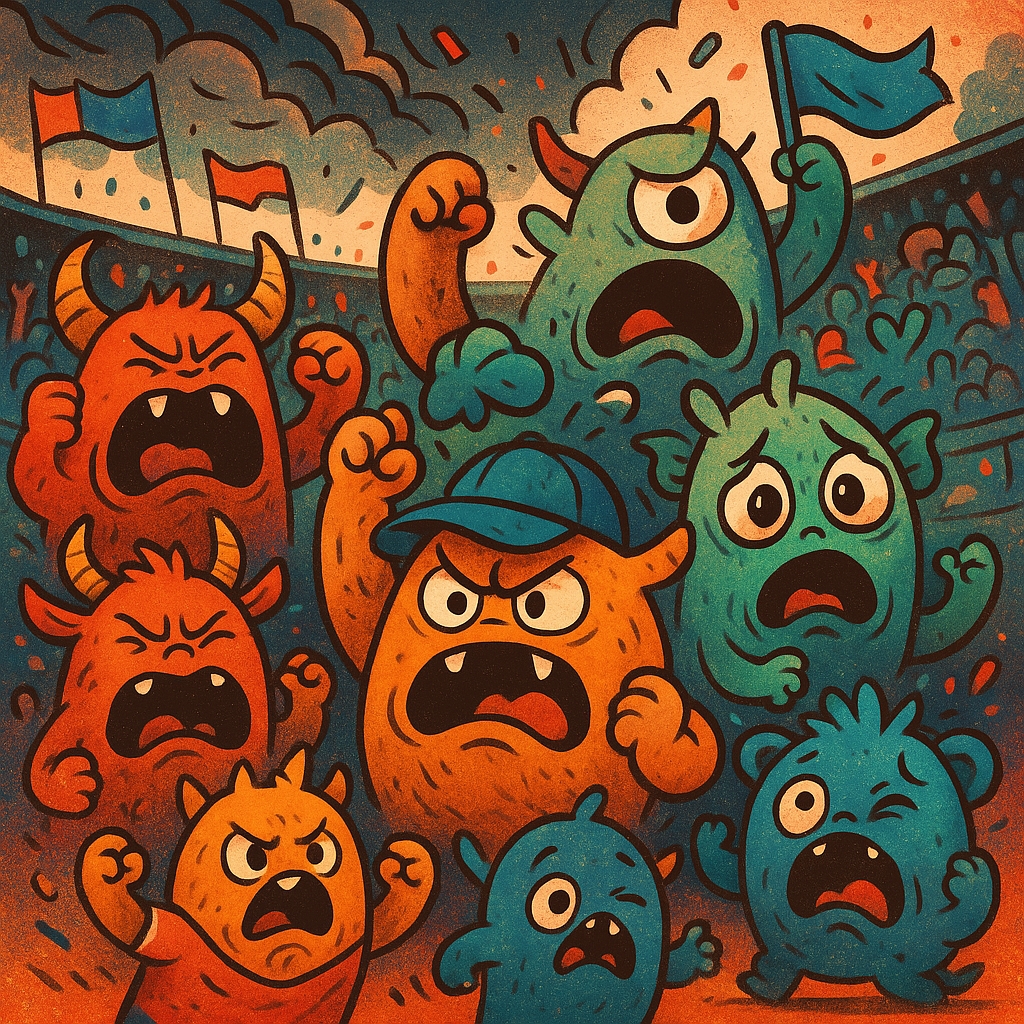




Underrepresentation Of Disability Champions - Crickky
[…] biases and misconceptions about disability still persist. These attitudes can influence the recognition and celebration of athletes with […]